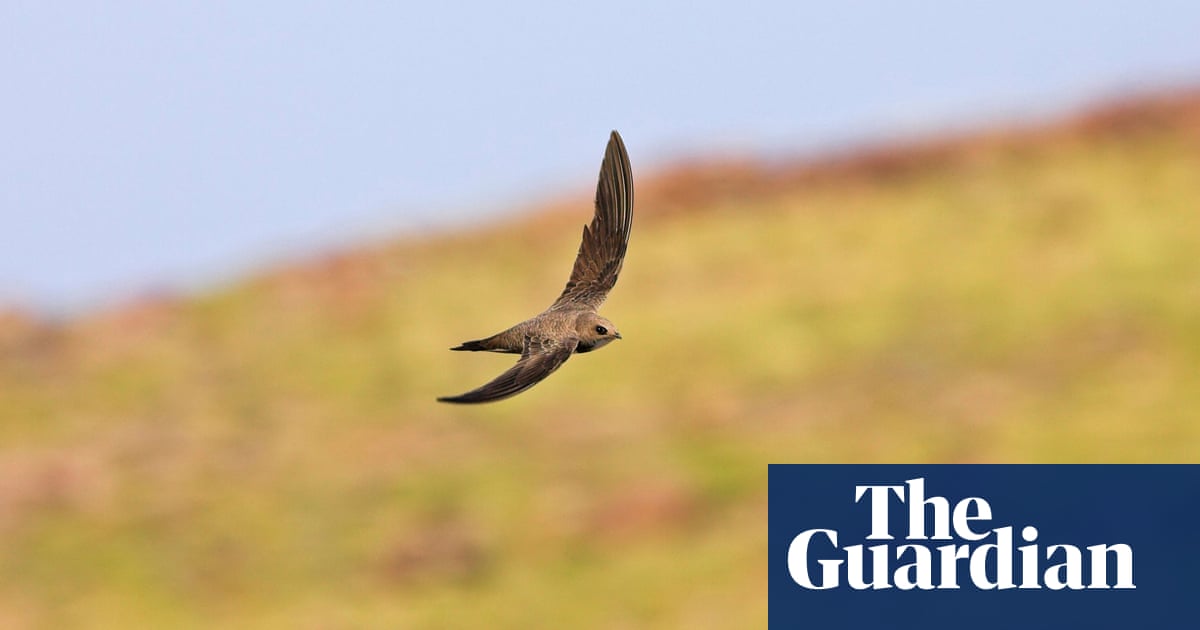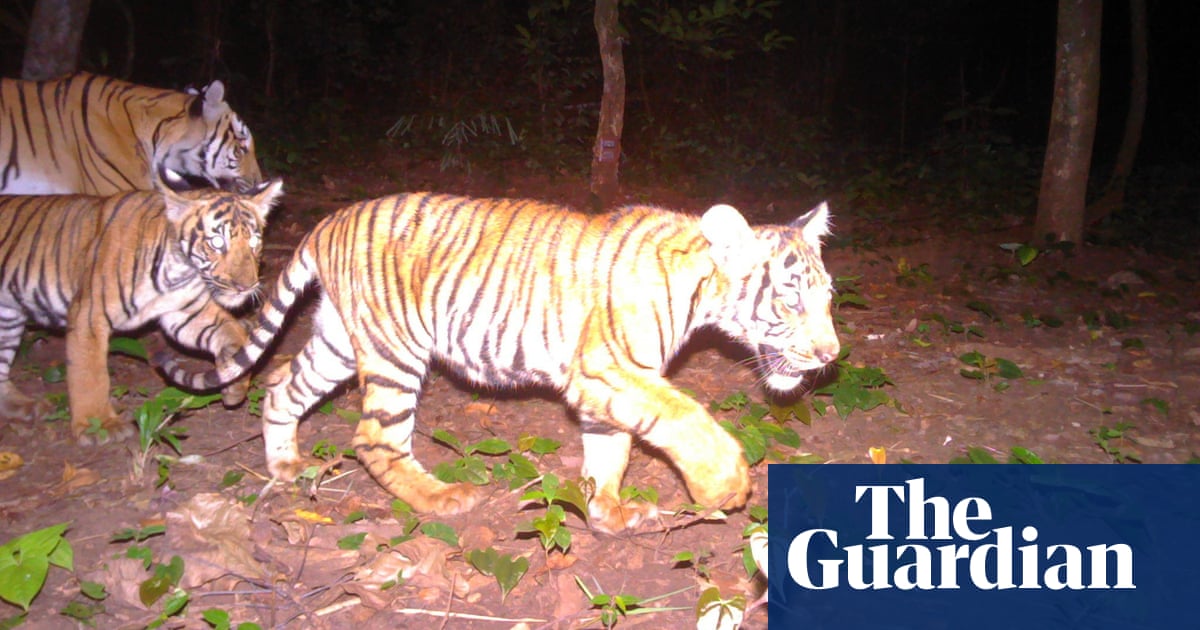
Birdwatchers have been flocking to the boggy and desolate moors of the Peak District to try to spot a bearded vulture, one of the rarest birds ever seen in the UK, which has set up home on a remote cliff in the national park.
This is only the second sighting of a bearded vulture in the UK, one of the largest and rarest raptors in Europe, and which was last seen in England in 2016.
The bird is thought to be a juvenile with a wingspan of almost 3 metres and was first reported in the UK in late June, having being tracked from Belgium before arriving in the Peak District about two weeks ago.
Birdwatcher Fred Fearn tweeted a video of the vulture eating bones on a rock. The birds are also also known as lammergeiers, which translates as “lamb killers” and refers to the false belief that the birds killed lambs and sheep.
The vulture is a wild-hatched bird that originates from either the Alps or the Pyrenees, according to José Tavares, the director of the Vulture Conservation Foundation, which runs a bearded vulture reintroduction scheme across Europe.
“It is common for young bearded vultures to leave the mountains and explore vast areas, but it is unusual for this species to cross over large bodies of water, which in this case was the English Channel,” Tavares said.
“The bird will most likely attempt to return home in the future, but it is difficult to predict when or which route it will take.”
Like all vultures, bearded vultures are scavengers but are unique in that they are the only bird to live on a diet made up almost exclusively of bones, meaning they pose no threat to farm animals or game birds. In the Peak District, the vulture has been seen feeding on the bones of a dead sheep.
Birdwatchers planning on seeing the bird this weekend are being asked to ensure its safety.
“We’re really excited that a rare bearded vulture has chosen to roost on National Trust land in the Peak District,” said Rachel Bennett, a National Trust ranger.
“However, it’s vital that we all do everything we can not to disturb the bird while it is here. We want to make sure it’s protected and safe, as well as looking after the surrounding wildlife and other visitors, as well as our local community.”
While the vulture is protected under EU law, there are fears for its future.
“There are obvious concerns for the bird’s safety as it’s currently within the worst 10km square for raptor persecution in England, dominated by land used for driven grouse shooting,” said Mark Thomas, the head of investigations at the RSPB.
“It’s great that the bird is effectively being protected by the admiring public and birdwatchers.”
Tim Birch, from Derbyshire Wildlife Trust, believes the vulture’s presence in the uplands of the Peak District gives us a glimpse of what a wilder future could look like.
He said: “Much of our charismatic wildlife remains missing from the Peak District national park including pine martens and hen harriers along with healthy populations of peregrines and goshawks. We will all benefit along with wildlife when our national parks and the environment becomes wilder.”












